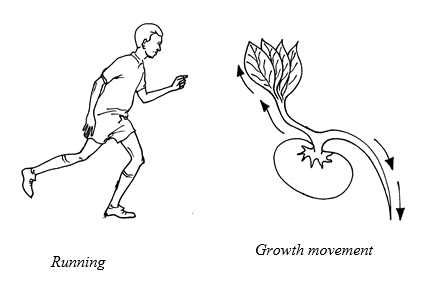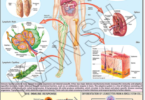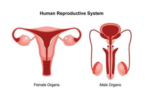INTRODUCTION TO BIOLOGY
Basic Concepts and Terminologies of Biology
The Meaning of Basic Biological Concepts and Terminologies
Explain the meaning of basic biological concepts and terminologies
Biology
Biologist
A person specialized in the study of biology
Life
Life means being alive or existing. Something is alive or existing if it possesses life processes. The life processes are growth, movement or locomotion, respiration, excretion, reproduction, sensitivity and nutrition.
Organism
Organism is anything which has life. It is the other name of a living thing.Organisms are made up of cells.
Cell
A cell is a basic unit of living things. The cell has three main parts, cell membrane, cytoplasm and nucleus. Cells which make up plants are called plant cells and those which make up animals are called animal cells.
Some organisms are made up of one cell. They are called unicellular or single-celled organisms e.g. amoeba, euglena and yeast. Some organisms are made up of many cells, they are called multi cellular organisms e.g. animals, plants, and most fungi.
The Characteristics of Living Things
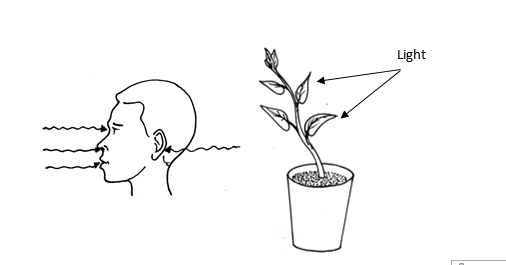
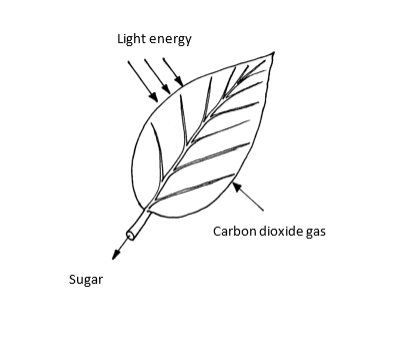

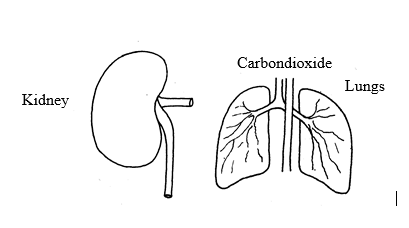

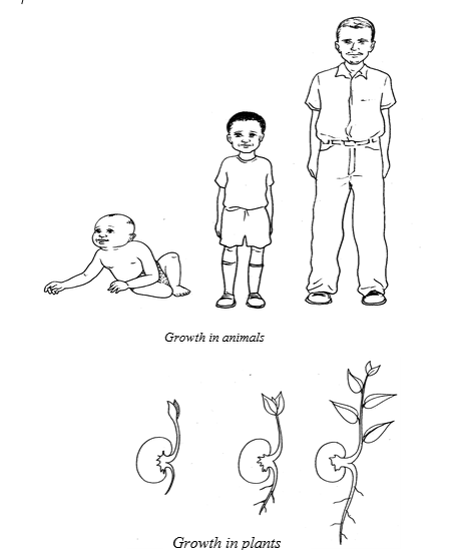
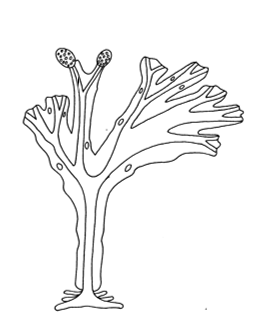
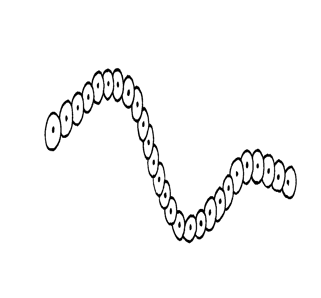
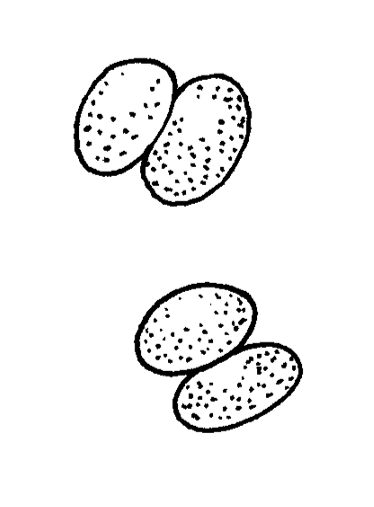
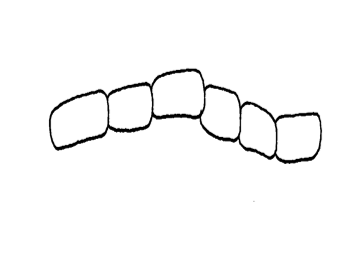
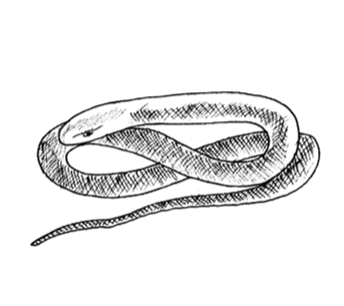
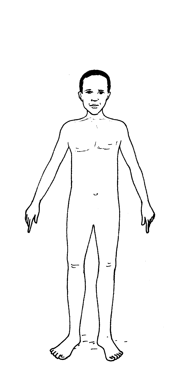
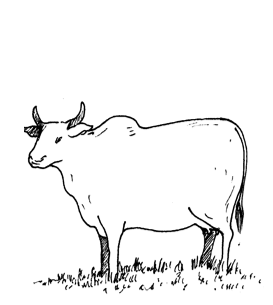

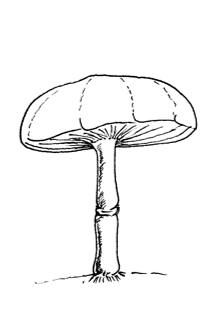
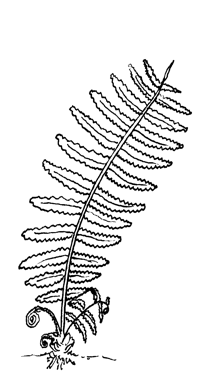
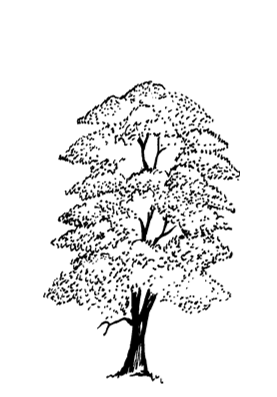
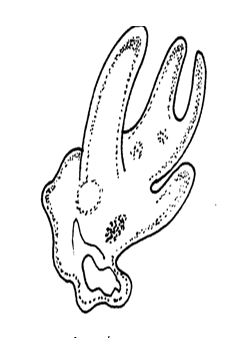

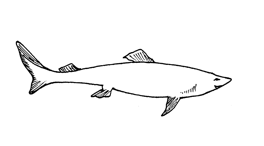
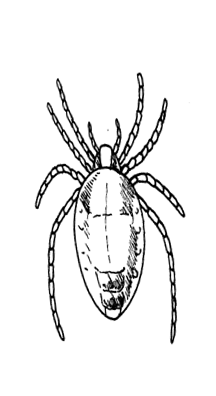
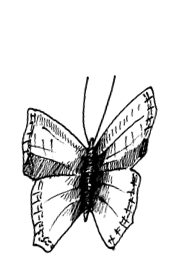
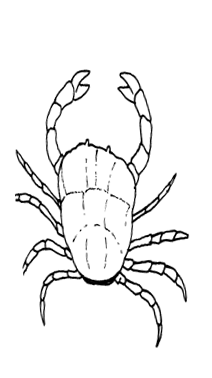


| Living things | Non-living things |
| They respire | Do not respire |
| They grow | Do not grow |
| They respond to stimuli | Do not respond to stimuli |
| They reproduce | Do not reproduce |
| They excrete | Do not excrete |
| They feed | Do not feed |
| They move | Do not move |
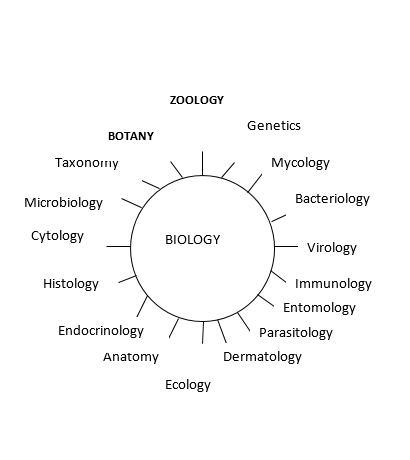
- It helps us to understand ourselves better since we are living things.
- Skills and knowledge of biology can be applied to other scientific fields such as agriculture, forestry medicine, nutrition, pharmacy and veterinary science.
- It helps us to understand our environment better and principles of conserving it.
- Biology helps to answer some important questions such as, what do living things need, why do we resemble with a monkey, why do frogs lay many eggs but only few become adults?
- Knowledge of biology helps us to improve our health since causes, symptoms, transmission and treatment are of various diseases are studied in biology.
- Knowledge of biology helps us to avoid our selves from magical beliefs, superstitions and other traditional taboos.
- Knowledge of genetics helps us to clear some common doubts about certain inherited characteristics e.g. albinism, sickle cell anaemia, haemophilia, etc.
- Knowledge of the structure and chemical composition of the organisms enable us to acquire food, clothes and shelter from them.
| PLANTS | ANIMALS |
| (i)They are autotrophic, i.e. they can make their own food | They are heterotrophic i.e. they feed on complex organic compounds |
| (ii)Contain chlorophyll, can undergo photosynthesis. | No chlorophyll, cannot undergo photosynthesis |
| (iii)Growth occurs in some parts only i.e. root and shoot tips. | Growth occurs in all parts of the body. |
| (iv)They have branched bodies | They have compact bodies |
| (v)No nerves, muscles, blood system or special sensory cells. | Have nerves, muscles, blood system and special sensory cells. |
| (vi)Usually rooted in the ground and do not move from place to place. | Not rooted in the ground, move to get food and escape enemies. |
| (vii)Have no digestive system | Have digestive system needed to break down food |
| (viii)Cells of plants have cell walls | Cells of animals have no cell walls |
| List of living things | List of non-living things |
Exercise 1
Self test questions
- Logos and Lagos
- Logos and phyla
- Bios and logos
- Bios and phyla
- Nutrition
- Reproduction
- Growth
- Dancing
- Botany
- Dermatology
- Ecology
- Zoology
- Botanist
- Virologist
- Zoologist
- Ecologist
- Bean plant
- Sand
- Lizard
- Rat
- Growth
- Reproduction
- Nutrition
- Movement
- Excretion
- Virology
- Endocrinology
- Zoology
- Removal of waste products
- Ability to move from one place to another
- Increase in size of an organism
- Ability to respond to environmental changes
- Reproduction
- Movement
- Nutrition
- Sensitivity
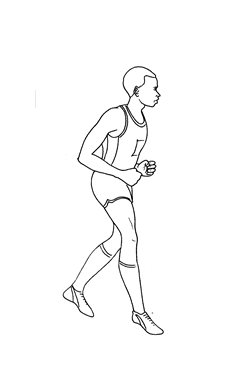
- Excretion and reproduction
- Respiration and nutrition
- Irritability and movement
- Respiration and growth
- Biology is a branch of science which deals with the study of living things__________________
- Dancing is one of the characteristics of living things _________________
- A person who studies ecology is called mycologist _________________
- Knowledge of biology can help us to improve our health ________________
- Living things normally increase in size. The process of increasing in size is called growth ________________
- Biology
- Cell
- Bacteriology
- Outline the importance of studying biology
- Why are a mosquito and a dog considered to be living things?
- A motor car moves from place to place, obtains energy by combining petrol with oxygen and produces waste gases. Does this mean cars are alive? Look through the seven features, of living things and list those which do not apply to cars.
- Pharmacy
- Forestry
- Veterinary medicine.
- Pharmacy
- Veterinary medicine
- Agriculture
- Forestry
- Nutrition
- Medicine
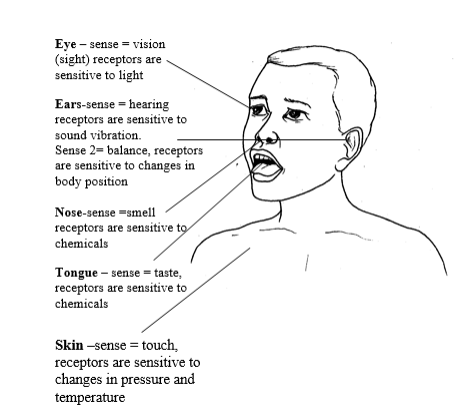
- Beam balance – for measuring mass
- Thermometer – for measuring temperature
- Clock/stopwatch – for measuring time
- Ruler – for measuring length
- Pulse rate can be measured by using a stethoscope or by pressing the fingers firmly on the skin.
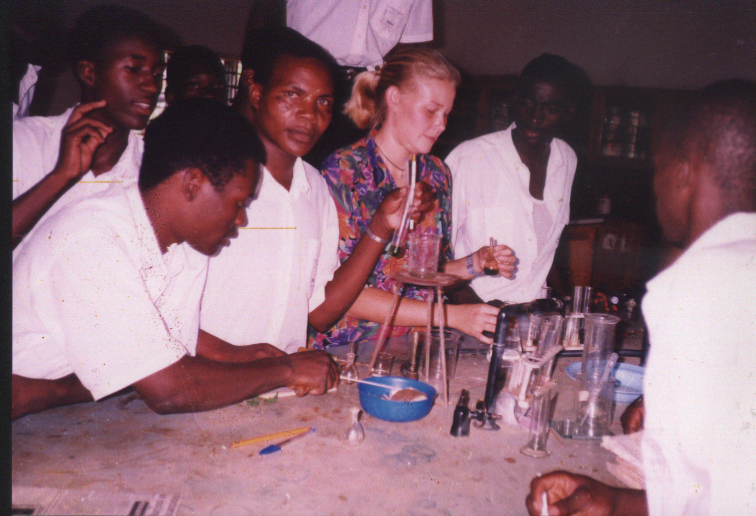
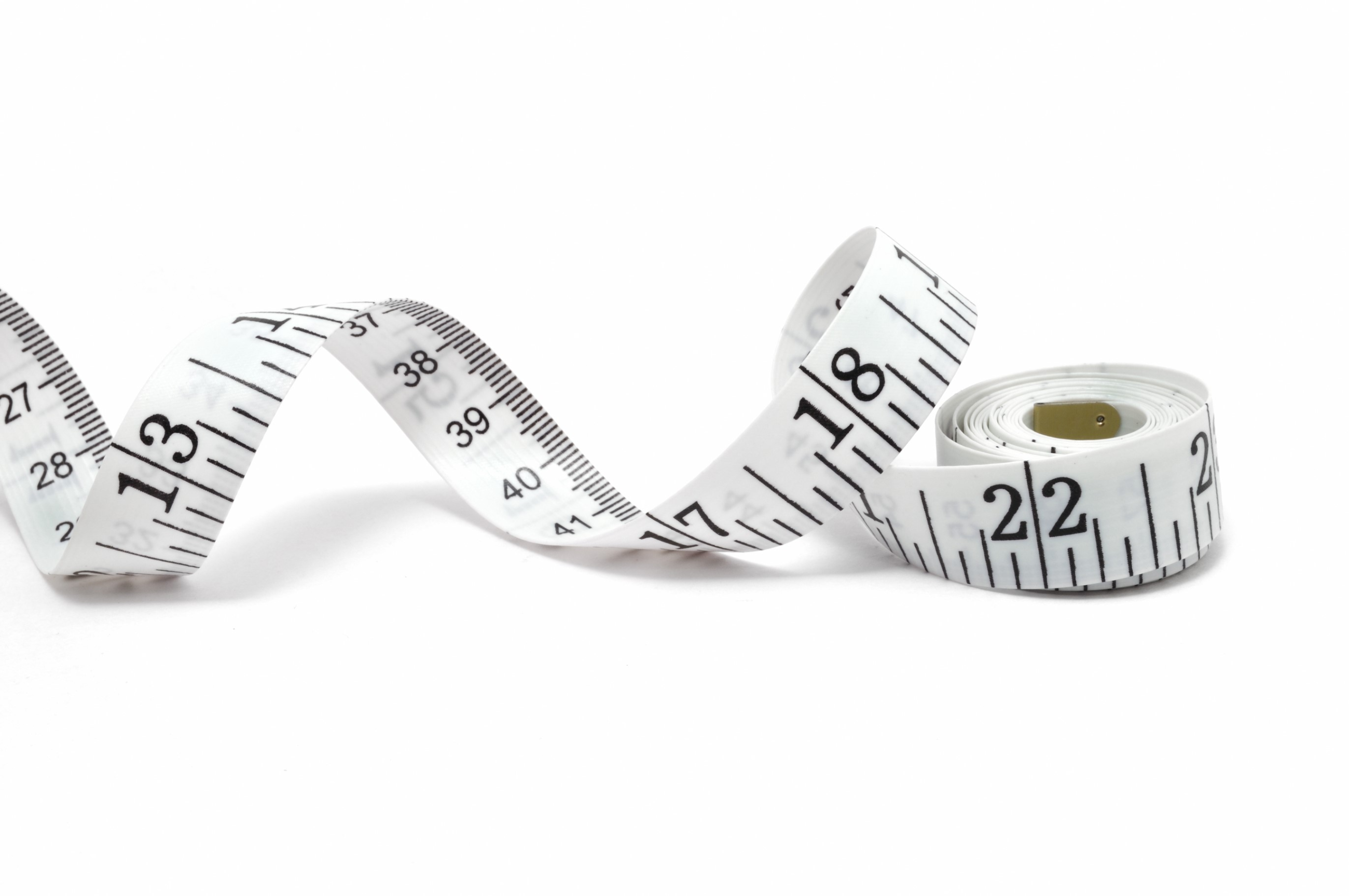
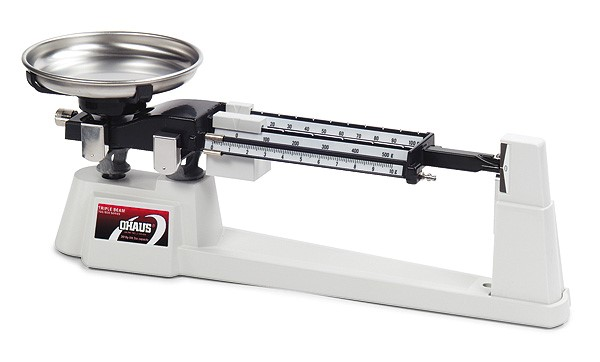
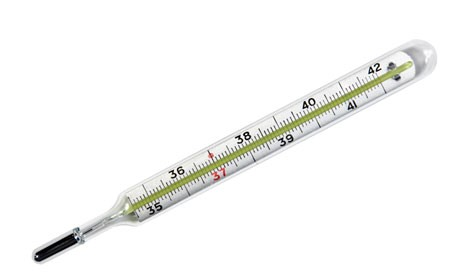
- Sit down comfortably on a chair with the palm of your hand facing upwards.
- Gently place the index and middle fingers of your other hand on your wrist (see the diagram below). Can you feel your pulse as a repeated throb?
- If necessary change the position of your finger until you can feel your pulse rate well. Count the number of heart beats in one minute.
- Repeat step 3 four times.
- Write down the number of beats per minute.
- Work out the average. This is what is called average heart rate per minute. It tells you how fast your heat is beating.
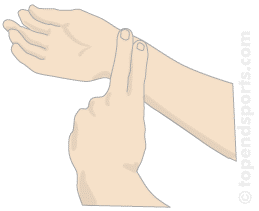
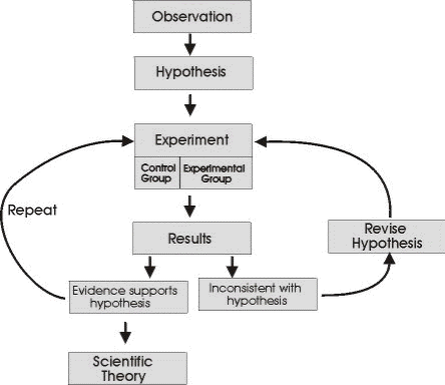
- Take the different flowers provided. Name the color of each flower.
- Open the bottle of perfume, try to smell it. What is the smell of the perfume?
- Use a knife to cut the onion. Where in your body do you feel sensation when cutting the onion?
- Take two beakers. One of the beakers put hot water and the other put ice block with a little amount of water. Dip a finger in a beaker containing hot water and do the same for a beaker containing ice block. What sensation did you feel in the two beakers?
- Take a whistle and try to blow it using your mouth. What is coming out of the blow?
| Procedure | Stimulus | Sense organ involved for detection |
| 1 | Colour | Eyes |
| 2 | ||
| 3 | ||
| 4 | ||
| 5 |
- Take 5 Tilapia fishes and number them as 1 to 5.
- Take Tilapia fish number 1, place it on a board and measure its length.
- Take Tilapia fish number 1, put it on a weighing scale and record its mass.
- Repeat steps 2 and 3 for Tilapia fish number 2, 3, 4, and 5.
| Tilapia fish no | Length (cm) | Mass (g) |
| 1 | ||
| 2 | ||
| 3 | ||
| 4 | ||
| 5 |
- Which Tilapia has the greatest length?
- Which Tilapia has a greatest mass?
- Is there any Tilapia fish which has a shorter length but has a greater mass than the longer one?
- Arrange the fishes in order of their increasing
- Nose
- Blood vessels
- Teeth
- Lung
- Beam balance
- Thermometer
- Ruler
- Hand lens
- Eye for sight
- Skin for touch
- Tongue for vision
- Nose for smell
- Chemical balance
- Stop watch
- Measuring cylinder
- Thermometer
- Hypothesis
- Problem identification
- Experimentation
- Conclusion
- An idea
- A school of thought
- An intelligent guess
- An opinion
- Problem identification
- Conclusion
- Observation and data recording
- Hypothesis formulation
- Hypothesis
- Theory
- Law
- Conclusion
- Mass
- Length
- Pulse rate
- Temperature
- Hypothesis
- Experimentation
- Large windows and big space to allow enough air and light for better ventilation and visibility respectively.
- Shelves – for keeping chemicals, specimens, apparatus and models.
- Supply of gas, electricity and water
- Working benches
- An emergence door in case of danger occurs.
- Preparation room
- Don’t enter in the laboratory without permission from the teacher or laboratory technician.
- Do not play, or run unnecessarily in the laboratory.
- Do not eat or drink in the laboratory.
- Do not use chemicals or handle apparatus or specimens without instruction from the teacher or laboratory technician.
- Any accident or damage of apparatus must be reported.
- Label chemicals and specimens to avoid confusion.
- Always keep flammable substances away from flames.
- Turn off water and gas taps after use.
- Never point the open end of the test tube to your fellow or yourself when heating.
- Never smell substances, specimens, chemicals or gases directly.
- Wash your hands with soap after the experiment.
- Clean the apparatus and benches after the experiment.
- Return the apparatus and chemicals to their normal position after use.
- Dissecting kits
- Models of different organs and systems
- Refrigerators and ovens for storing and drying specimens
- Animal keeping units
- Chemicals designed for biological experiments
- Preserved specimens of living things
- Gases, electricity and water supply.
- Make a list of items that are found in each of the above named areas.
- Compare the list with those which are found in the biology laboratory.
- Construct a table of differences showing a list of items which are found in the biology laboratory and those which are found in the above named school facilities as shown below.
- List items which are found in both the biology laboratory and other school facilities listed above and compare the differences.
| Facility / Building | Items |
| Biology laboratory | |
| Chemistry laboratory | |
| Physics laboratory | |
| School library | |
| Classroom | |
| School store |
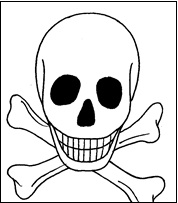
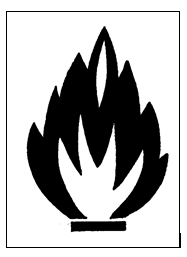
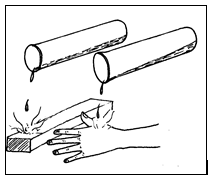
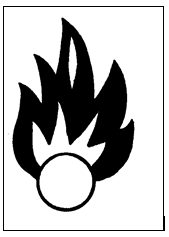
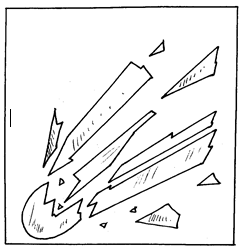
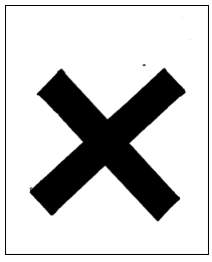
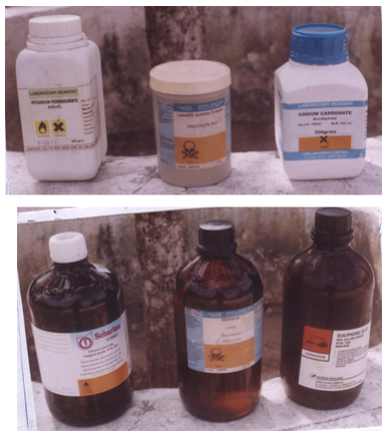
| Chemical container | Warning sign |
- Microscopes
- Hand lenses
- Thermometers
- Dissecting kits
- Mortar and pestle
- Dissecting trays
- Delivery tubes
- Measuring cylinders
- Bunsen burners
- Test tubes
- Specimen bottles
- Ovens
- A pair of scissors
- Chemical balance
- Funnel
- Test tube racks
- Test tube holders
- Beakers
- Forceps
- Surgical blades
- Microscope slides
- Droppers
- Spatula
- Corks
- Glass straws
- Fridge/refrigerator
- Mounted needle
- Beam balances
- Glass rods
- Scalpels
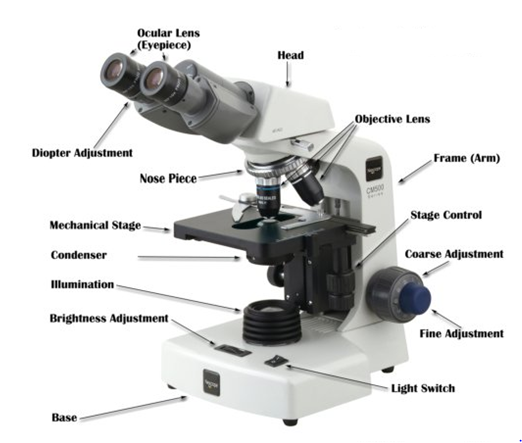

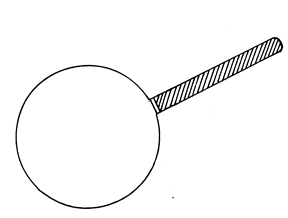
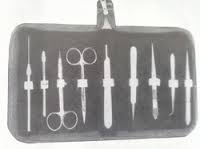
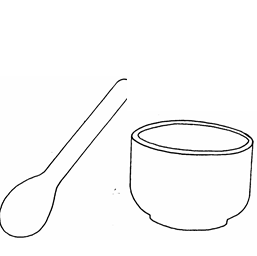
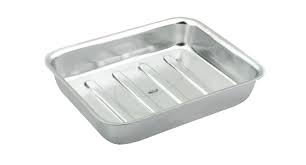
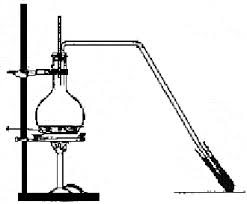
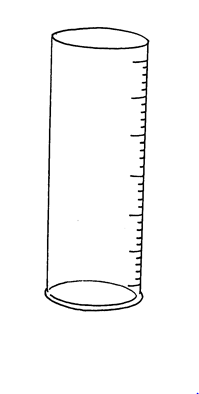
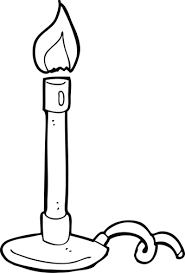
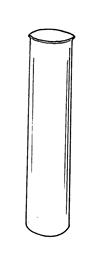
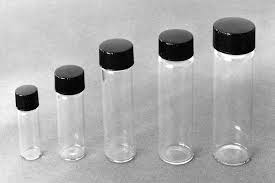
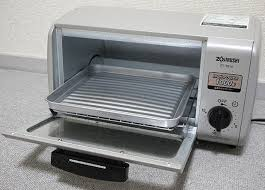
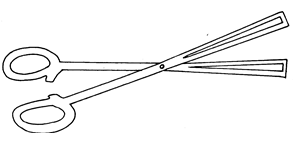
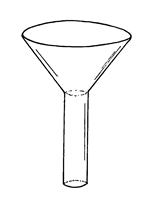
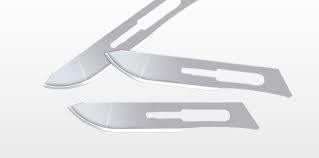
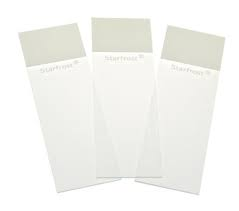
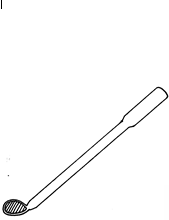
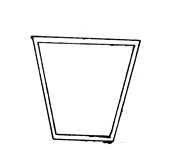





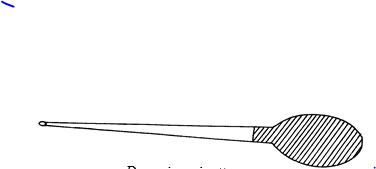
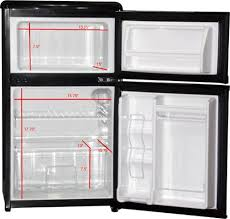
- Benedict’s solution
- Lime water (calcium hydroxide)
- Sodium hydroxide (slaked lime)
- Cobalt chloride
- Hydrochloric acid
- Copper (II) sulphate
- Sudan III
- Alcohol
- Stains e.g. carmine red, methylene blue
- Sodium bicarbonate
- Potassium permanganate
- Iodine solution
Exercise 2
- A biology laboratory is a place where biological experiments are conducted……………………………….
- Everything in the laboratory can be tasted ………………
- Warning signs can help someone to avoid accident in the laboratory…………………………………………………
- Working benches
- Large windows and big space
- Supply of gas, electricity and water
- Kitchen
- Toxic
- Flammable
- Explosive
- Irritant
- Chemical balance
- Measuring cylinder
- Thermometer
- Barometer
- Benedict’s solution
- Potassium iodide
- Sodium acetate
- Barium chloride
- Fridge, a pair of scissors, surgical blades
- Microscope, test tube, thermometer
- Dissecting kit, scalpel, beaker
- Meter bridge, pendulum bob and burette.
- Explosive substance
- Oxidizing agent
- Flammable substance
- Corrosive substance

- Used for placing specimen during dissection
- An apparatus used for stirring solution
- A substance which accelerates burning
- Do not play or run in the laboratory
- A common reagent in the biology laboratory
- Laboratory rule
- Oxidant
- Sudan III
- Dissecting kit
- Glass rod
- Laboratory
- Warning sign
- toxic
- flammable
- explosive
- harmful
- Specimen bottles
- Test tube holders
- Beam balance
- Beaker
- Mortar and pestle
- Measuring cylinder
- Mortar and pestle
- Funnel
- Tripod stand.
- Physicians and biologists, for example, use microscopes to examine bacteria and blood cells.
- Material scientists and engineers use microscopes to study the crystal structures within metals and alloys (metal mixtures) and to examine computer chips and other tiny electronic devices.
- Compound or light microscope
- Electron microscope
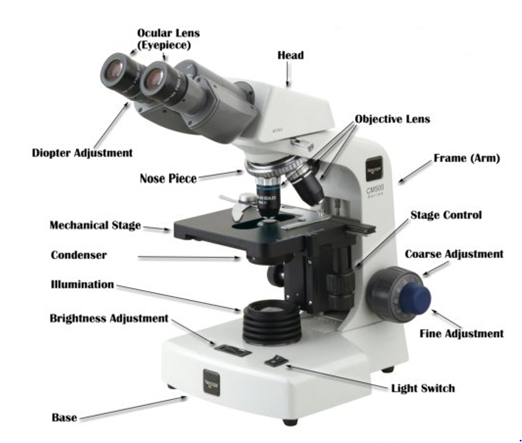
- Eyepiece – Magnify objects under observation since it consists of magnifying lenses.
- Body tube – Hollow tube attached to the arm. Its function is to hold eyepiece lens and revolving nose piece.
- Revolving nose piece – Holds objective lenses in place. Position of the objective lenses can be changed by manipulating the revolving nose piece.
- Coarse adjustment knob – It lowers and raises the body tube so that a clear image is obtained.
- Fine adjustment knob – Raises and lowers the body tube to obtain a fine focus.
- Objective lens – Brings image into focus and magnifies it.
- Stage – This is a place where specimen to be observed is placed
- Clips – Hold the slide or specimen in position
- Mirror – Reflects and directs light to the object under observation.
- Diaphragm – Is an aperture that regulates the amount of light passing through the condenser to illuminate the specimen
- Condenser – Concentrates light reflected by the mirror.
- Base or stand – Supports the microscope steadily
- Arm or limb – Supports the body tube and stage. It is used to hold the microscope
- Hinge screw – Raises and lowers the stage.
| Eye piece lens magnification | Objective lens magnification | Total magnification |
| 5 | 20 | X100 |
| 10 | 20 | X200 |
| 15 | 10 | X150 |
| 10 | 25 | X250 |
| 20 | 20 | X400 |
- Turn on your microscope light
- Turn the nose piece so that the small (low power) objective lens clicks into place. Always start with low power lens in place.
- Place the prepared slide on the center of the stage under the clips so that the object is in the center of the opening. Make sure the cover slip is on top
- With your eye at stage level, use the coarse adjustment to bring the object and the low power objective lens as near to each other as possible. The objective lens should not touch the cover slip
- Now with your eye to the eyepiece, slowly move the coarse adjustment to increase the distance between the object and the lens. Continue this until the image is focused.
- Adjust the diaphragm so that the object can be seen as clearly as possible
- To observe the object under medium and high powers, rotate the revolving nose piece to bring the next highest objective lens into position. Make sure you hear the ‘click’ to ensure that the objective lens is in place. Then, focus using the fine adjustment only.
- Use both hands to carry the microscope. One hand should hold the base and the other hand should hold the arm.
- Always place the microscope on the desk or table carefully and gently and never place it at the edge of the bench.
- Keep the microscope in an upright position when using liquids or when not in use.
- Keep the stage clean and dry. If any liquids are spilled on the microscope, wipe them up immediately with a piece of tissue.
- Focus with the low-power objective lens first.
- Focus by moving the lens away from the slide, that is, by increasing the working distance.
- Consult your teacher if the lenses are dirty.(viii) Consult your teacher if the adjustments do not work freely.
- When your work is completed, move the low power objective lens into place and remove your slide.
- Keep your microscope covered when it is not in use and keep your work area clean and tidy.
ELECTRON MICROSCOPE
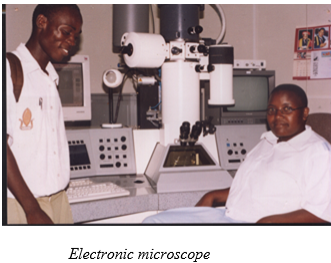
- Transmission electron microscope (TEM) This type of a microscope passes a broad beam of electrons through a specimen slice a few hundred angstroms thick.
- Scanning electron microscope (S E M) This microscope scans a focused beam across the surface of the specimen.
Exercise 3
- Electron microscope
- Metal microscope
- Light microscope
- Compound microscope
- Clip
- Base
- Revolving nose piece
- Diaphragm
- Holds the object to be observed
- Directs light to the object under observation
- Magnifies the object under observation
- concentrates light reflected by the mirror.
- Body tube
- Condenser
- Scalpel
- Clip
- Hand lens
- Microscope
- Mirror
- Objective lens
- X50
- X300
- X400
- X40
- Hinge screw
- Coarse adjustment
- Fine adjustment
- Arm
- Microscope
- Fine adjustment
- Condenser
- Coarse adjustment
- Name two types of microscopes
- List down any five parts of the microscope
- Draw a well labelled diagram of the light microscope
- Body tube
- Mirror
- Objective lens
- Arm
- Diaphragm
- State any five ways of handling and caring microscope.


